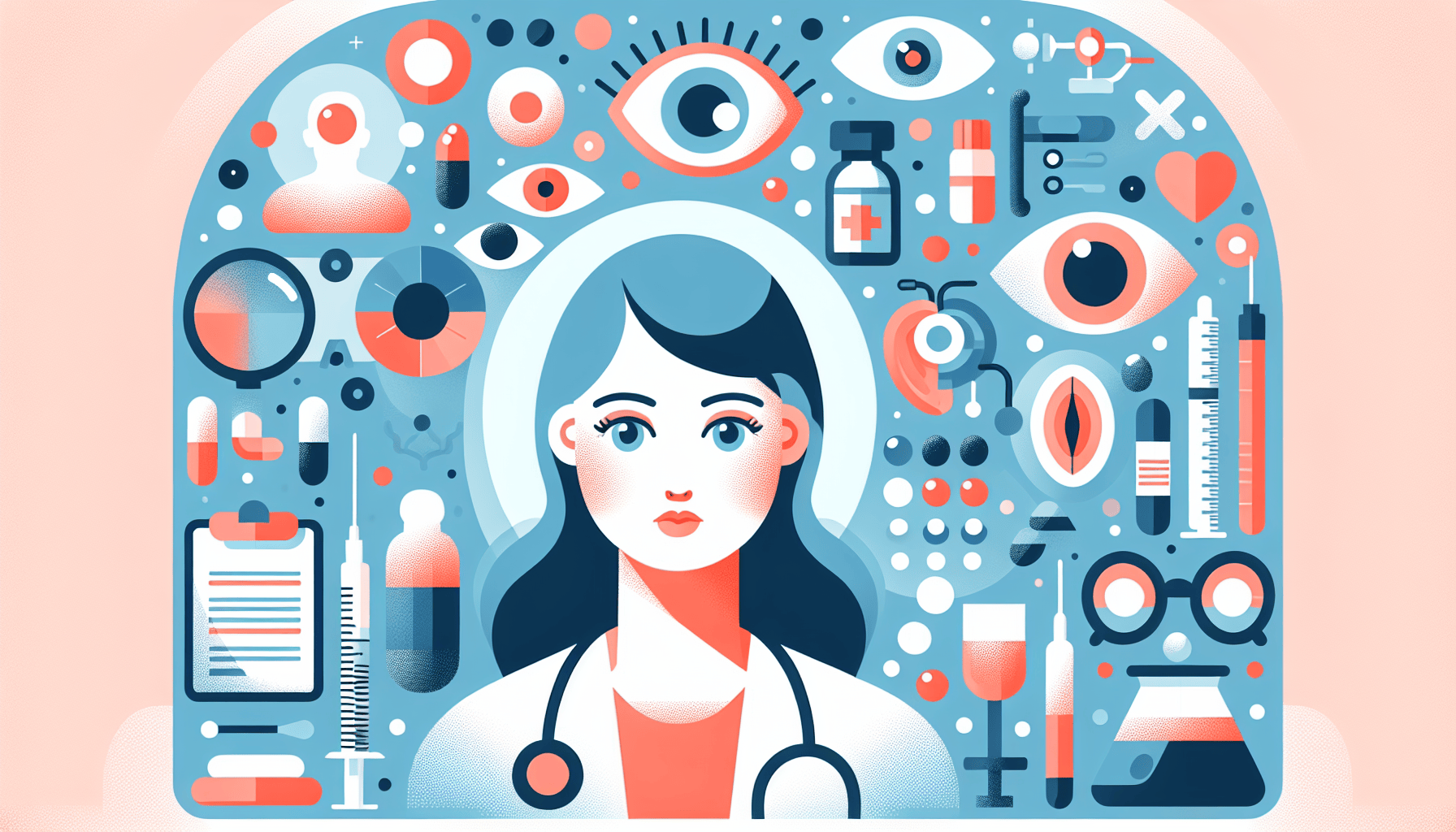Can I Take Zepbound a Day Early?
Key TakeawaysZepbound is a once-weekly injectable medication for weight management and obstructive sleep apnea (OSA) linked to obesity.Taking Zepbound a day early is [...]
Read More
Medically reviewed by Abhijit Bhattacharyya | MD, PhD, MBA, Tufts University School of Medicine - Miami, Florida on March 25th, 2024.
Presbyopia is a common age-related vision condition that affects millions of people worldwide. As you age, your eyes may lose the ability to focus on objects close to you, making reading or performing near tasks more challenging. Despite its complex name, presbyopia is not a disease but a natural part of the aging process that can be easily corrected.
The primary cause of presbyopia is the gradual hardening of the eye's lens. When you're young, the lens is flexible and can easily change shape to focus on objects at various distances. However, as you age, the lens becomes less flexible, making it harder to focus on close-up objects. This process usually begins around the age of 40 and continues to progress until about 65.
Common symptoms of presbyopia include:
Difficulty reading small print or seeing objects up close
Need to hold reading material at arm's length
Blurred vision at a normal reading distance
Headaches or eye fatigue when working on close-up tasks
An eye doctor can easily diagnose presbyopia during a comprehensive eye exam. The exam typically includes a refraction assessment to determine how well you see objects at various distances and an eye health exam to evaluate the overall health of your eyes.

While there is no cure for presbyopia, several treatment options can help improve your vision:
Reading glasses (readers) - magnify close-up objects
Bifocals - have two different prescriptions in one lens for near and distance vision
Trifocals - have three different prescriptions for near, intermediate, and distance vision
Progressive lenses - provide a gradual transition between near and distance prescriptions
Multifocal lenses - available in soft or gas-permeable versions
Monovision lenses - one lens corrects distance vision, while the other corrects near vision
Pilocarpine eye drops (Vuity) are a prescription medication that can help treat presbyopia by making the pupil smaller, improving focus on nearby objects. However, side effects and risks, such as headaches and retinal issues, should be discussed with your doctor.
Various surgical options are available to correct presbyopia, including:
LASIK (laser-assisted in situ keratomileusis) - improves vision by reshaping the cornea
PRK (photorefractive keratectomy) - similar to LASIK but targets the cornea's surface
SMILE (small-incision lenticule extraction) - uses a laser to remove a small portion of the cornea
Intraocular lens implants - replace the eye's natural lens with an artificial one
Corneal inlays - minimally invasive implants that improve near vision
While it's not possible to completely prevent presbyopia, you can take steps to maintain your eye health and slow down its progression. These include:
Getting regular eye exams
Using glasses or contact lenses with the correct prescription
Protecting your eyes from sun damage and injury
Ensuring proper indoor lighting to reduce eye strain
Managing other health conditions that may affect your vision
Eating a healthy diet rich in vitamins and antioxidants
If you suspect you have presbyopia, consult your eye doctor to discuss the best treatment options for your individual needs and lifestyle. With proper care and correction, you can continue to enjoy clear vision and maintain your quality of life as you age.
For more information on presbyopia and eye health, visit:
Key TakeawaysZepbound is a once-weekly injectable medication for weight management and obstructive sleep apnea (OSA) linked to obesity.Taking Zepbound a day early is [...]
Read MoreKey TakeawaysZepbound is an FDA-approved medication for chronic weight management in adults with obesity or overweight, and for moderate to severe obstructive sleep apnea [...]
Read MoreKey TakeawaysZepbound is a once-weekly injectable medication that supports weight loss by activating hormone pathways regulating appetite and digestion.After the first dose, [...]
Read More